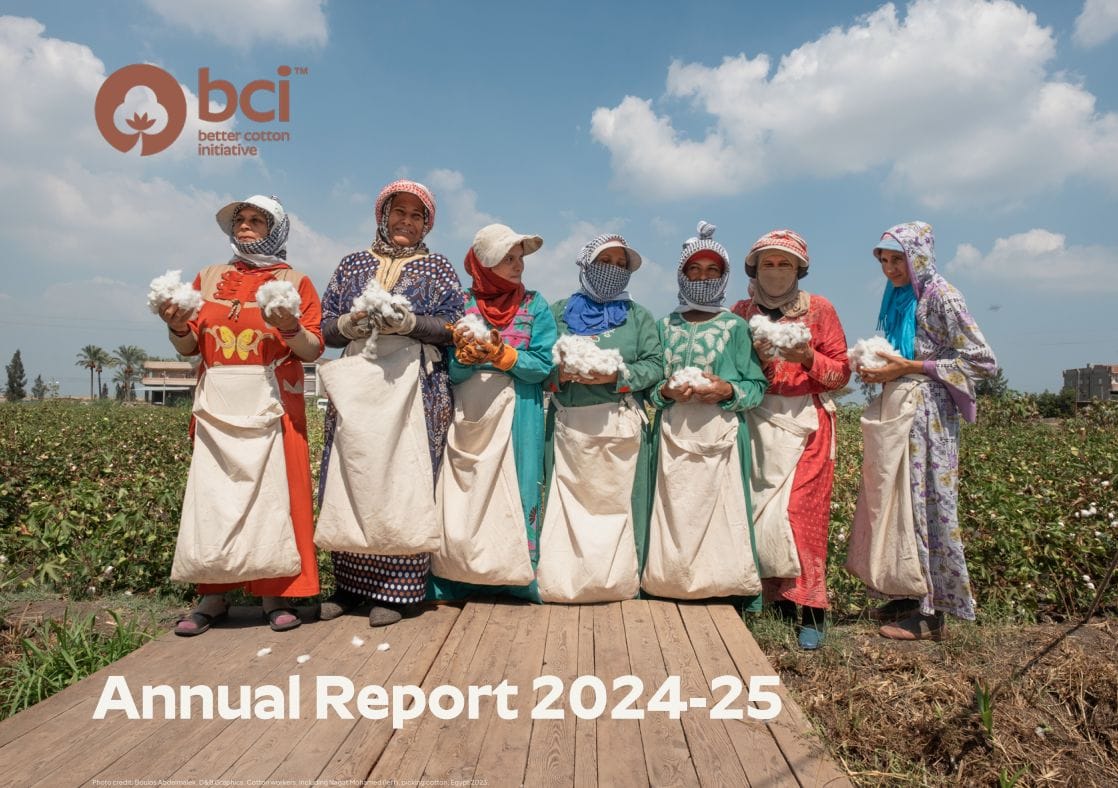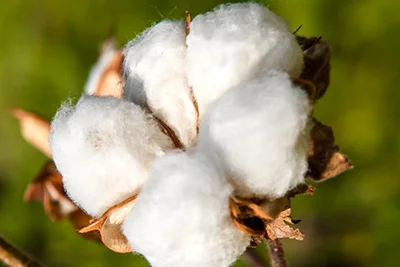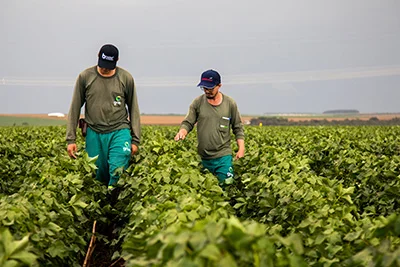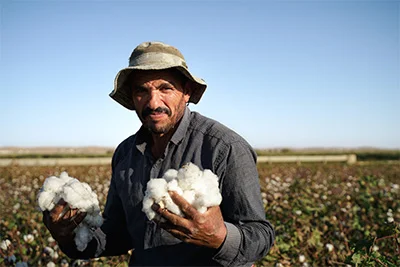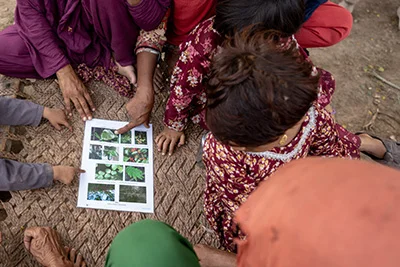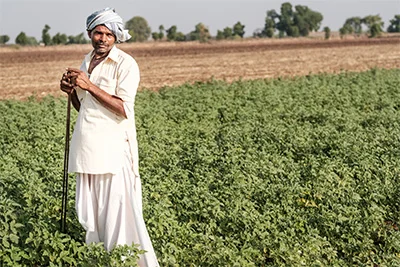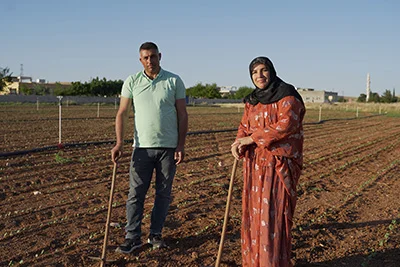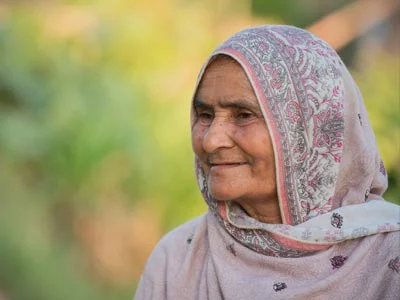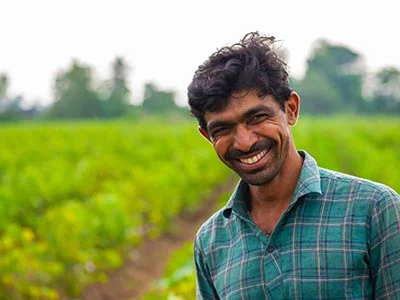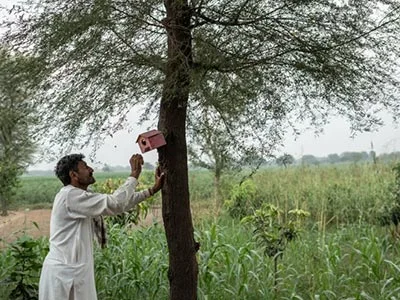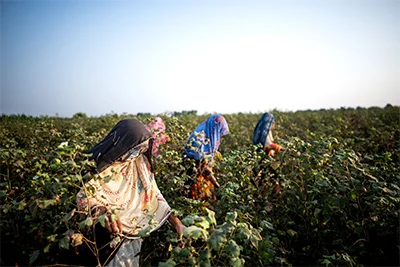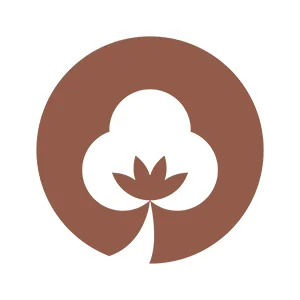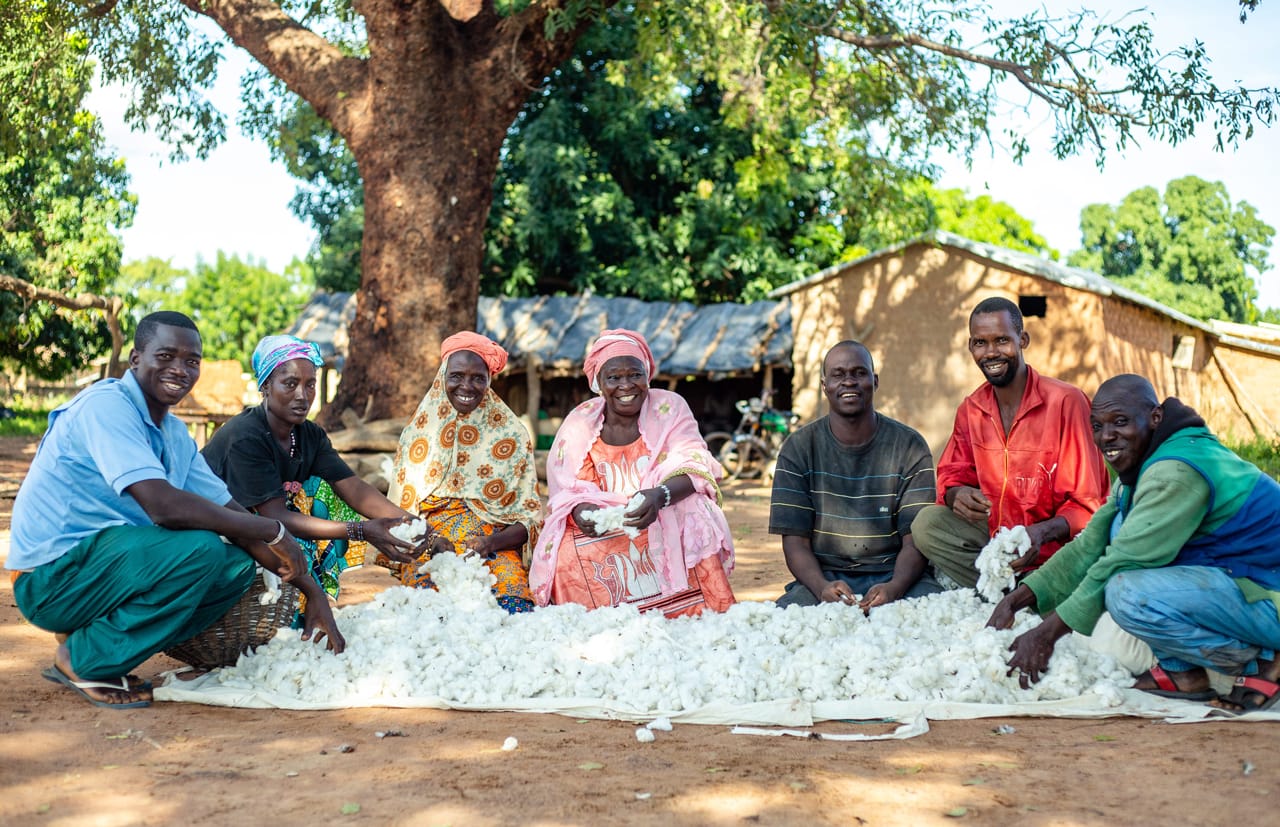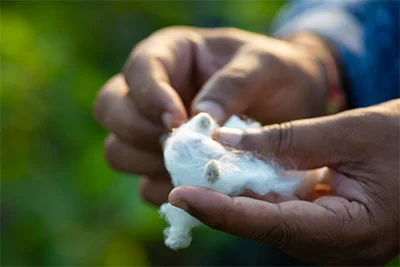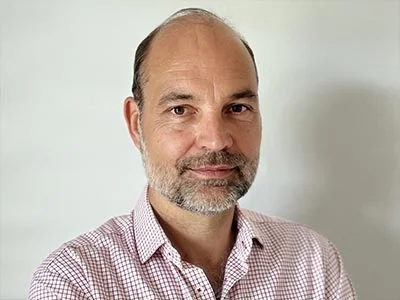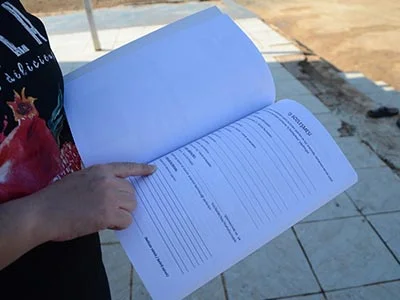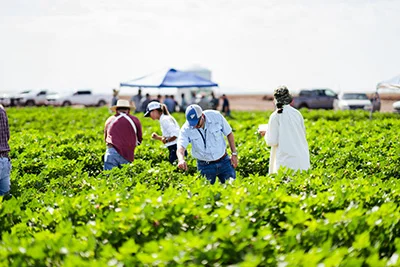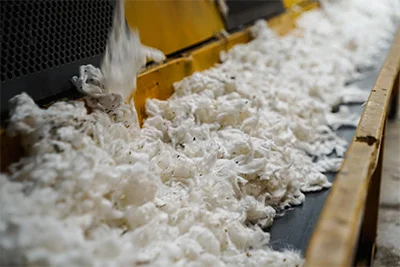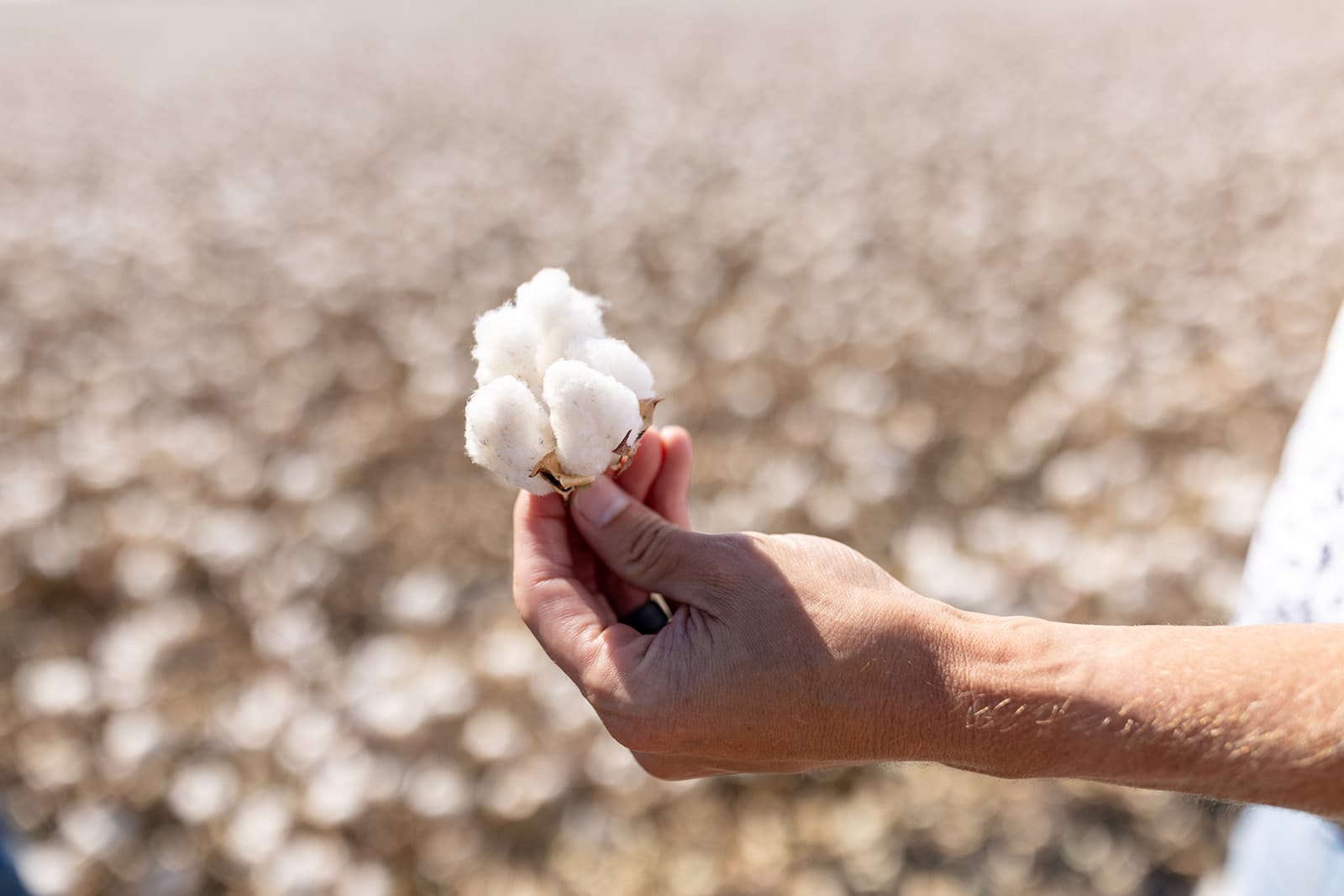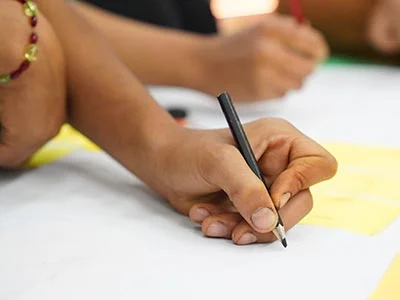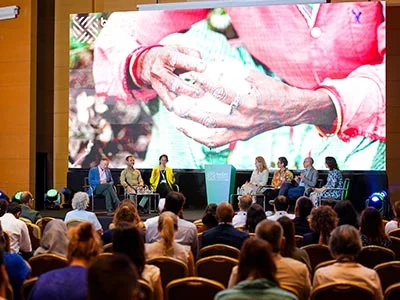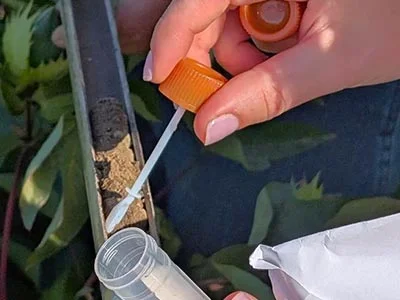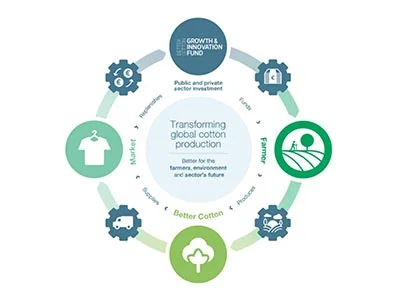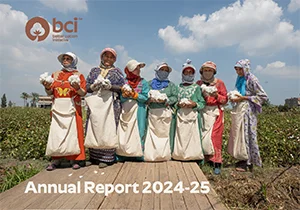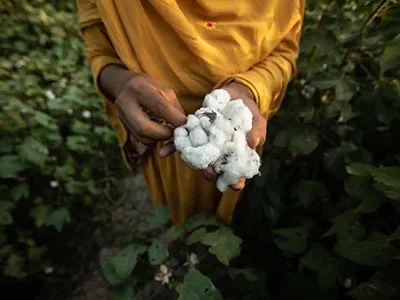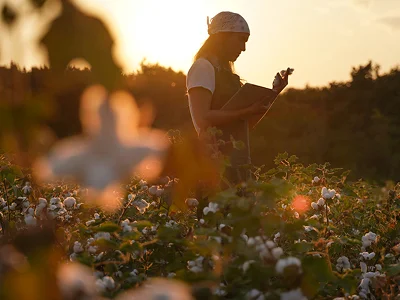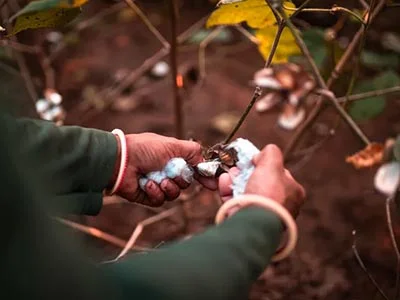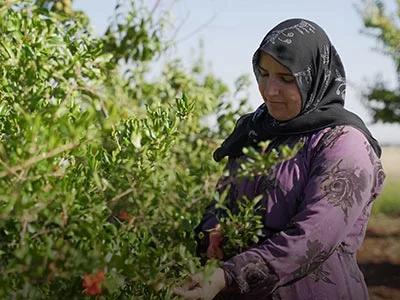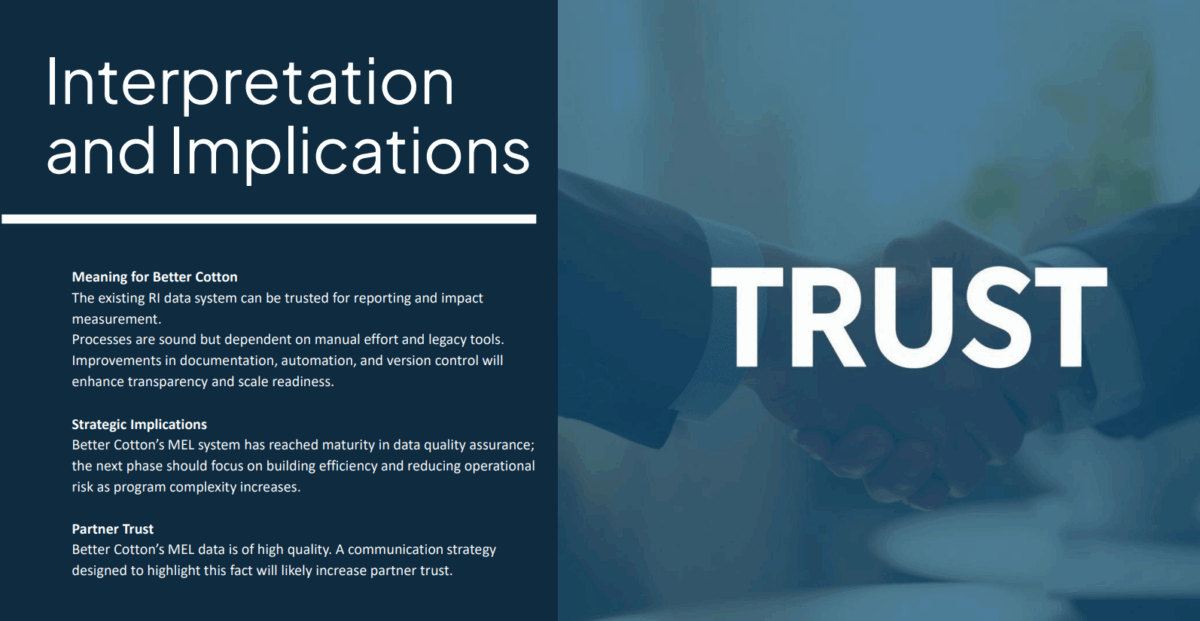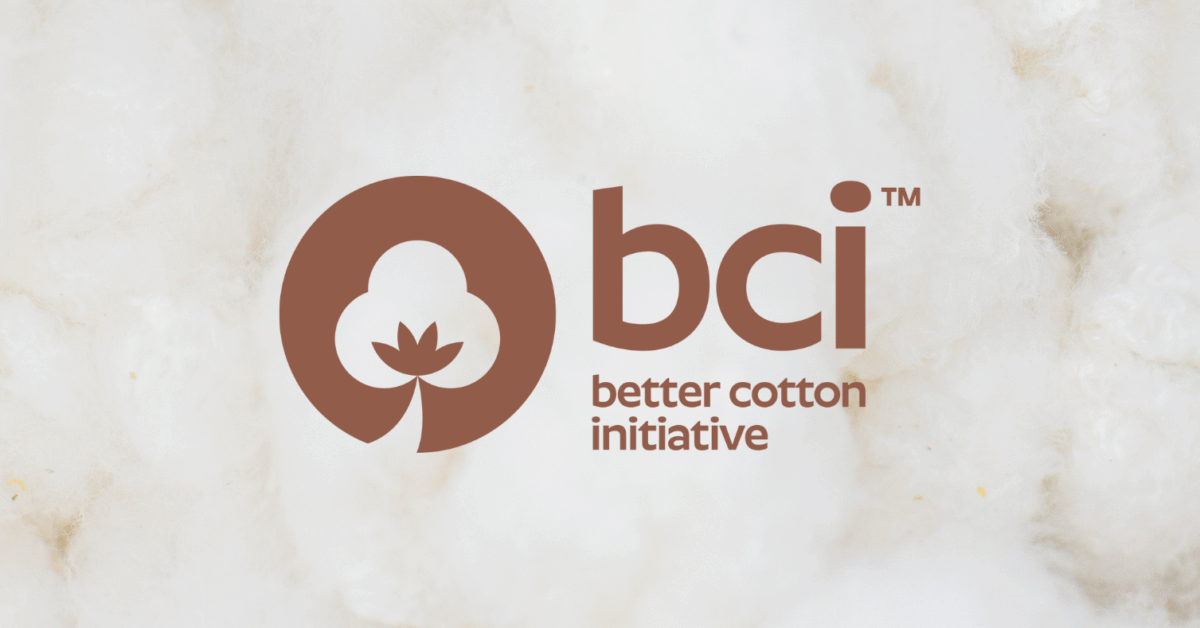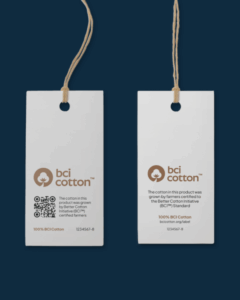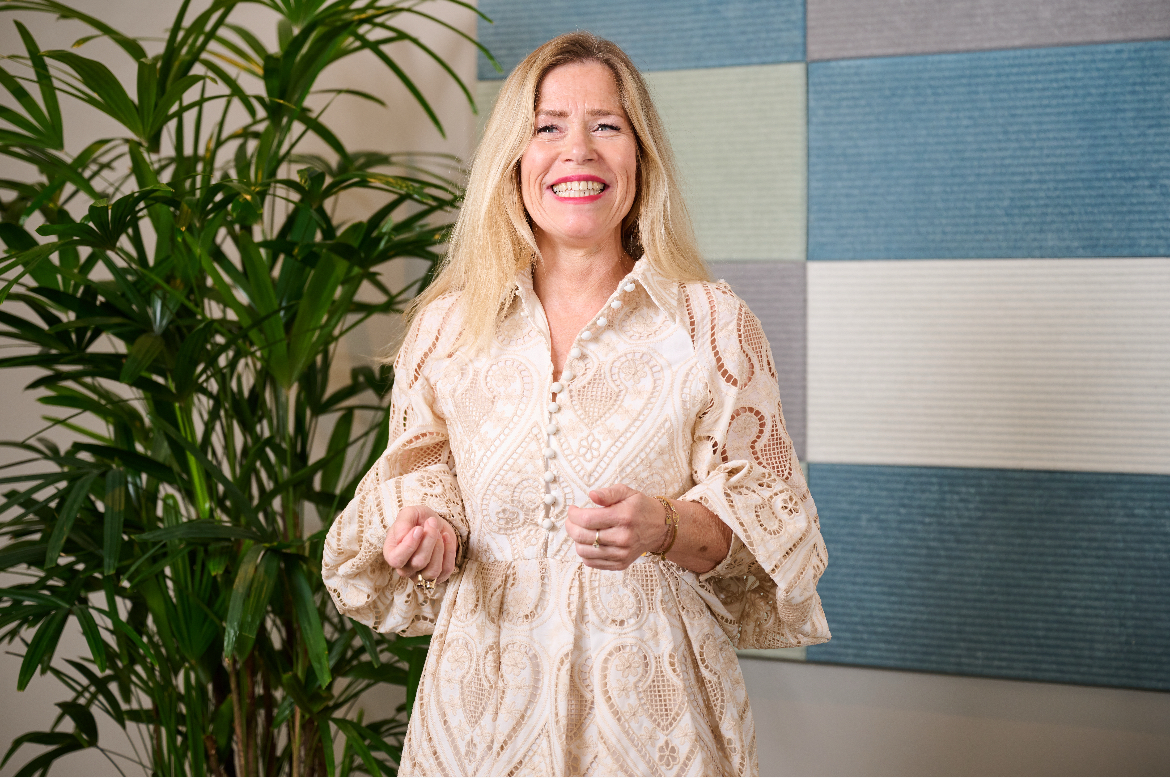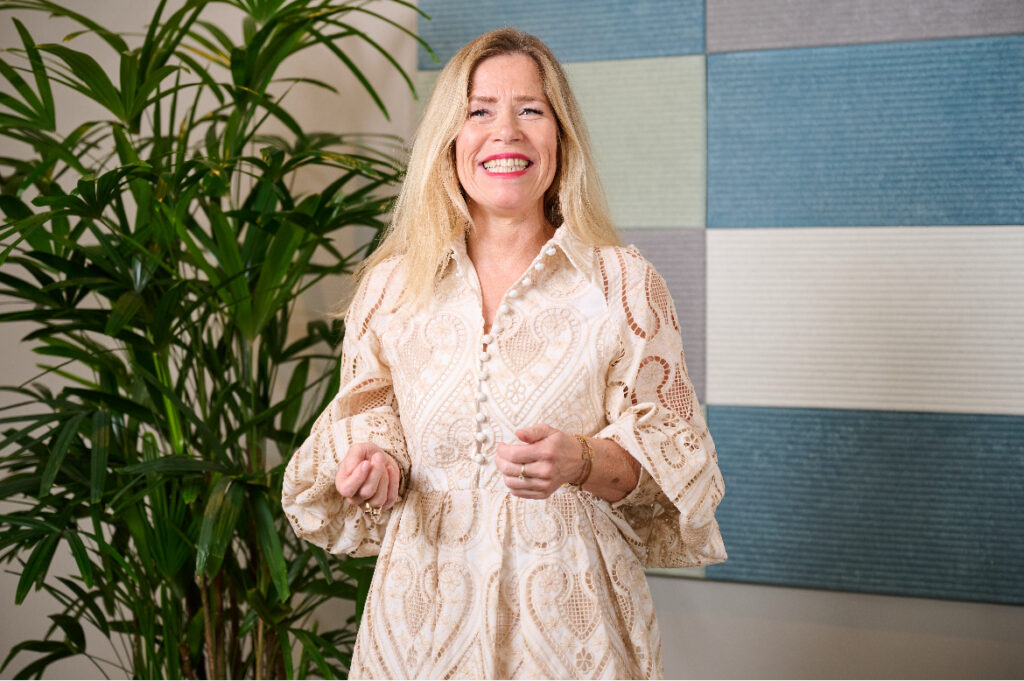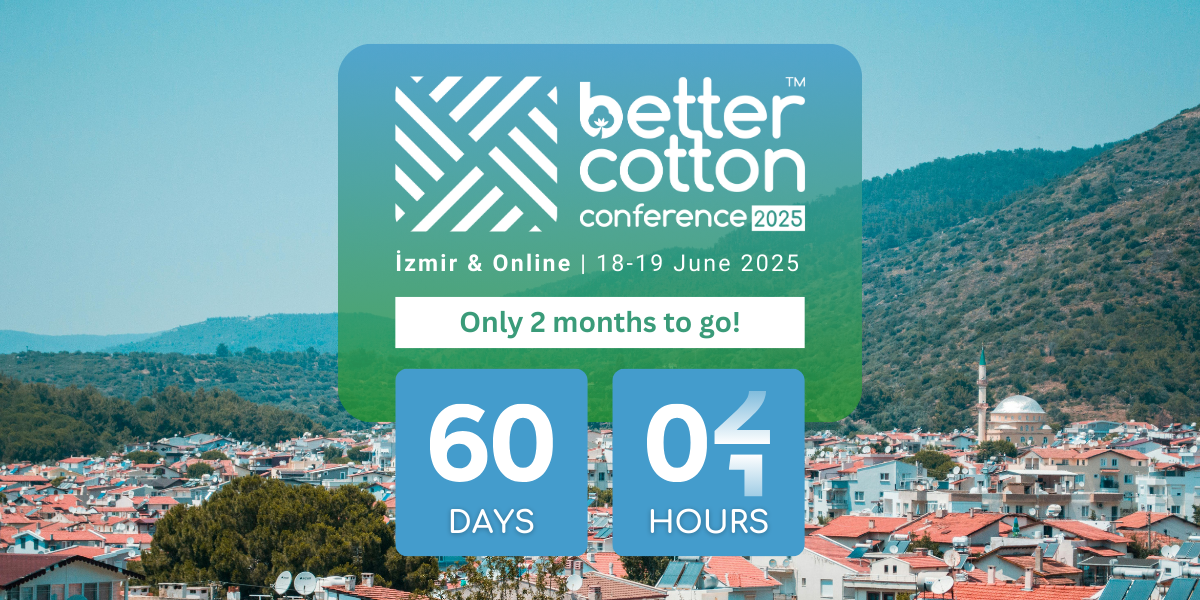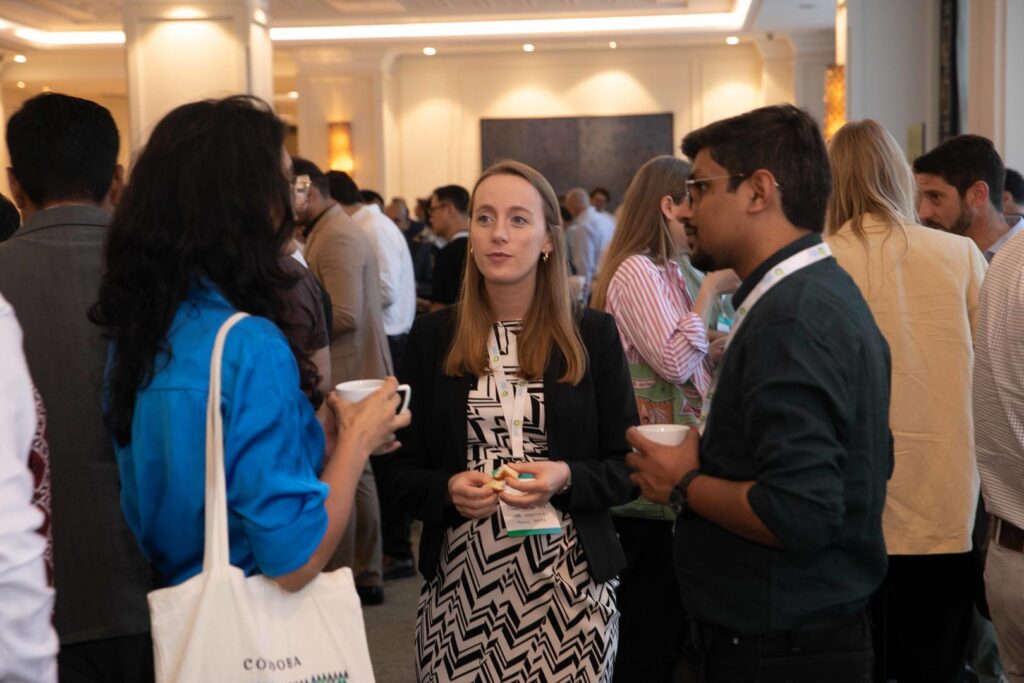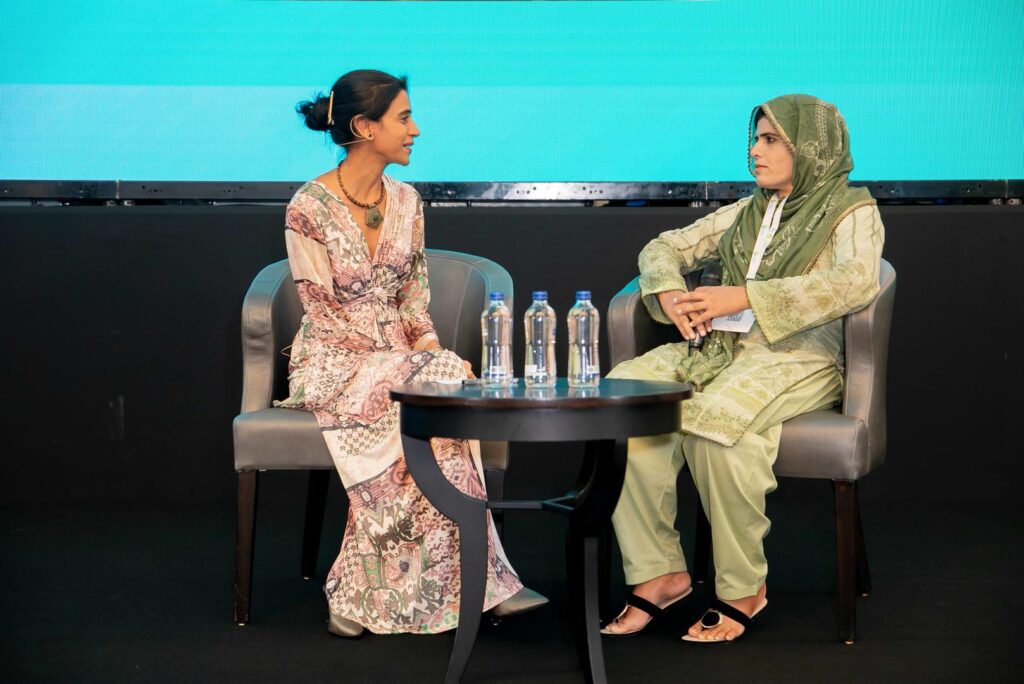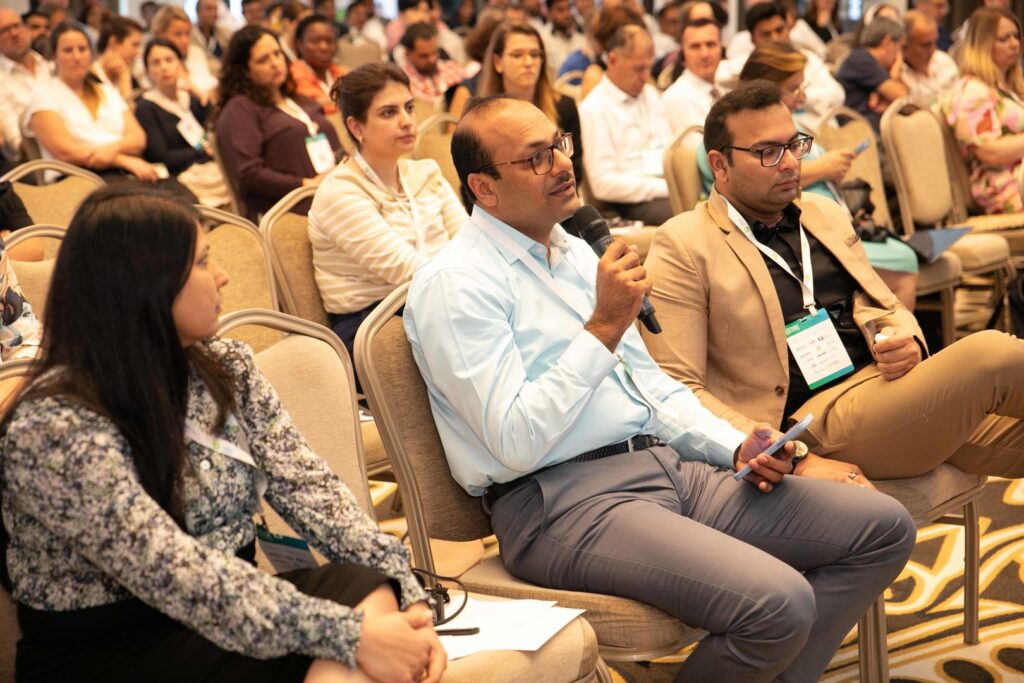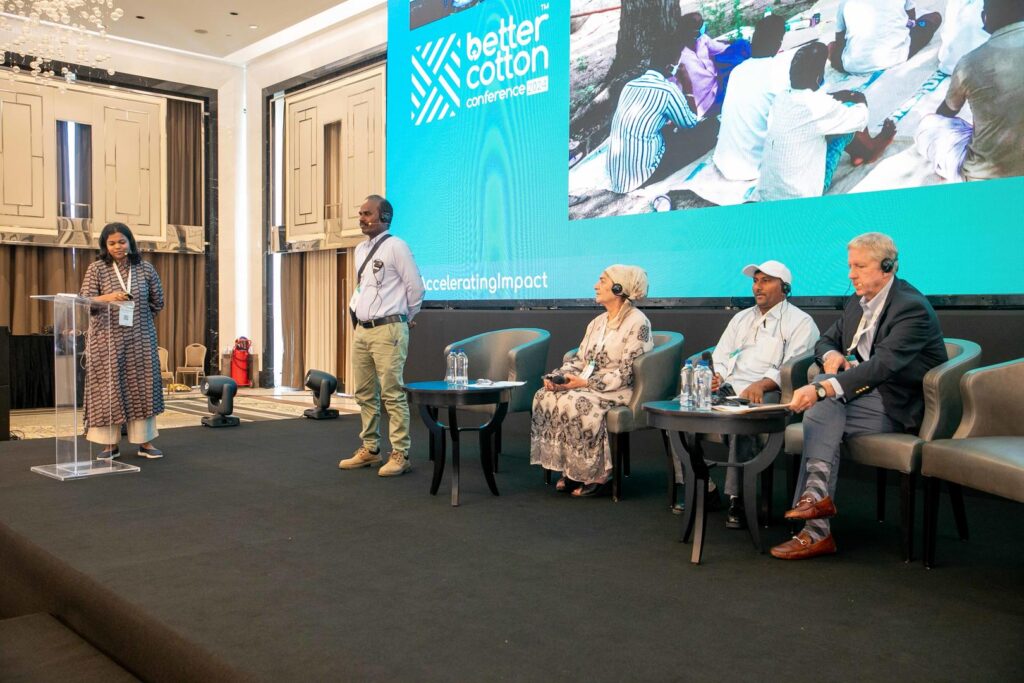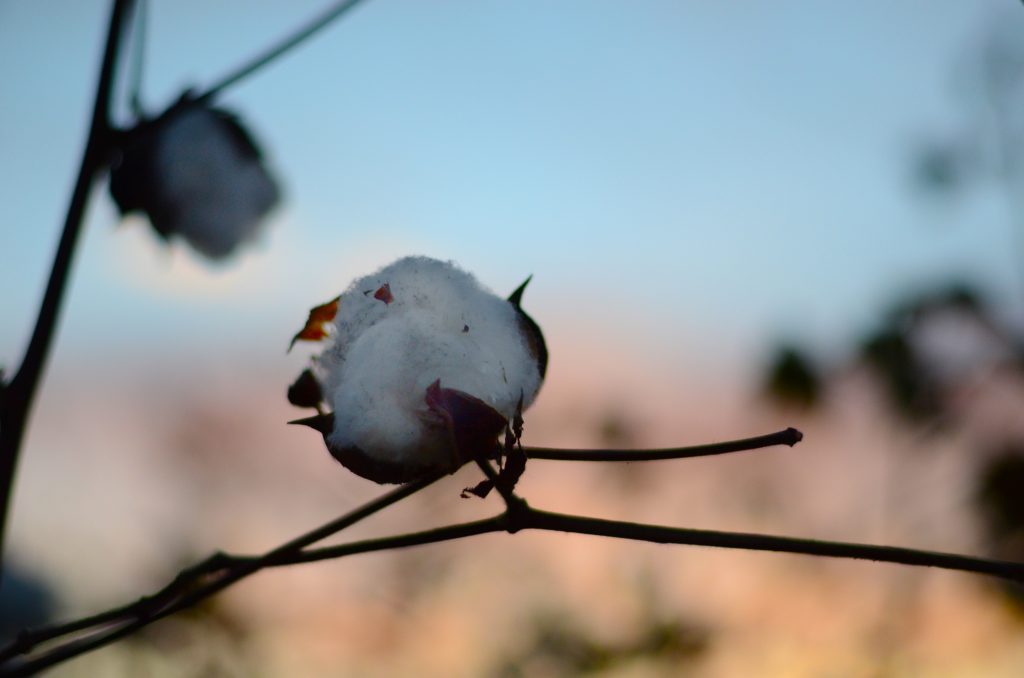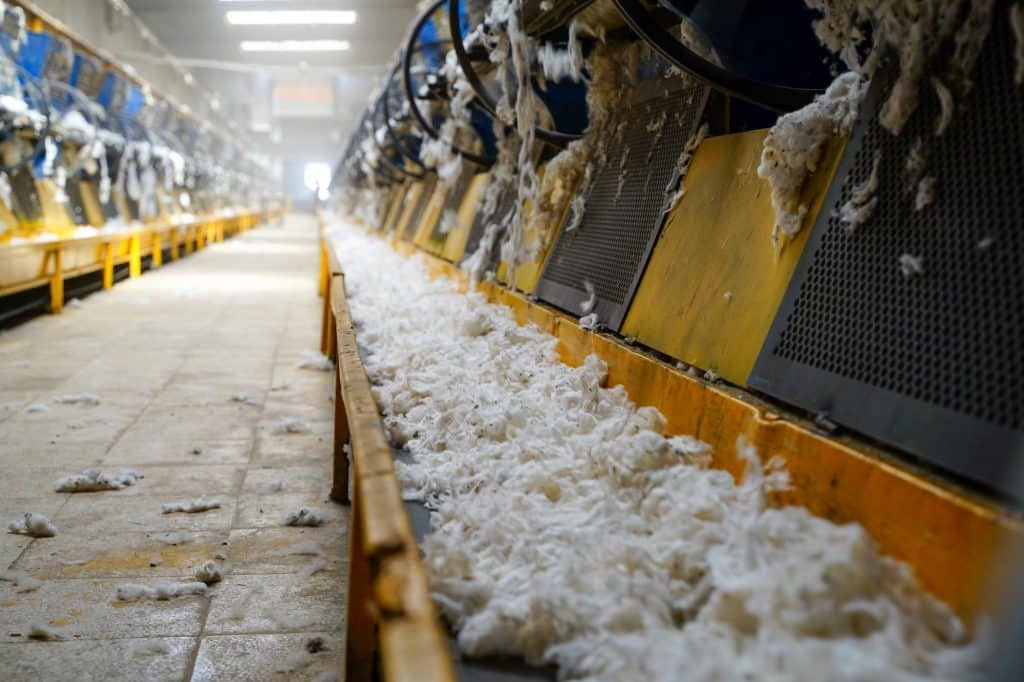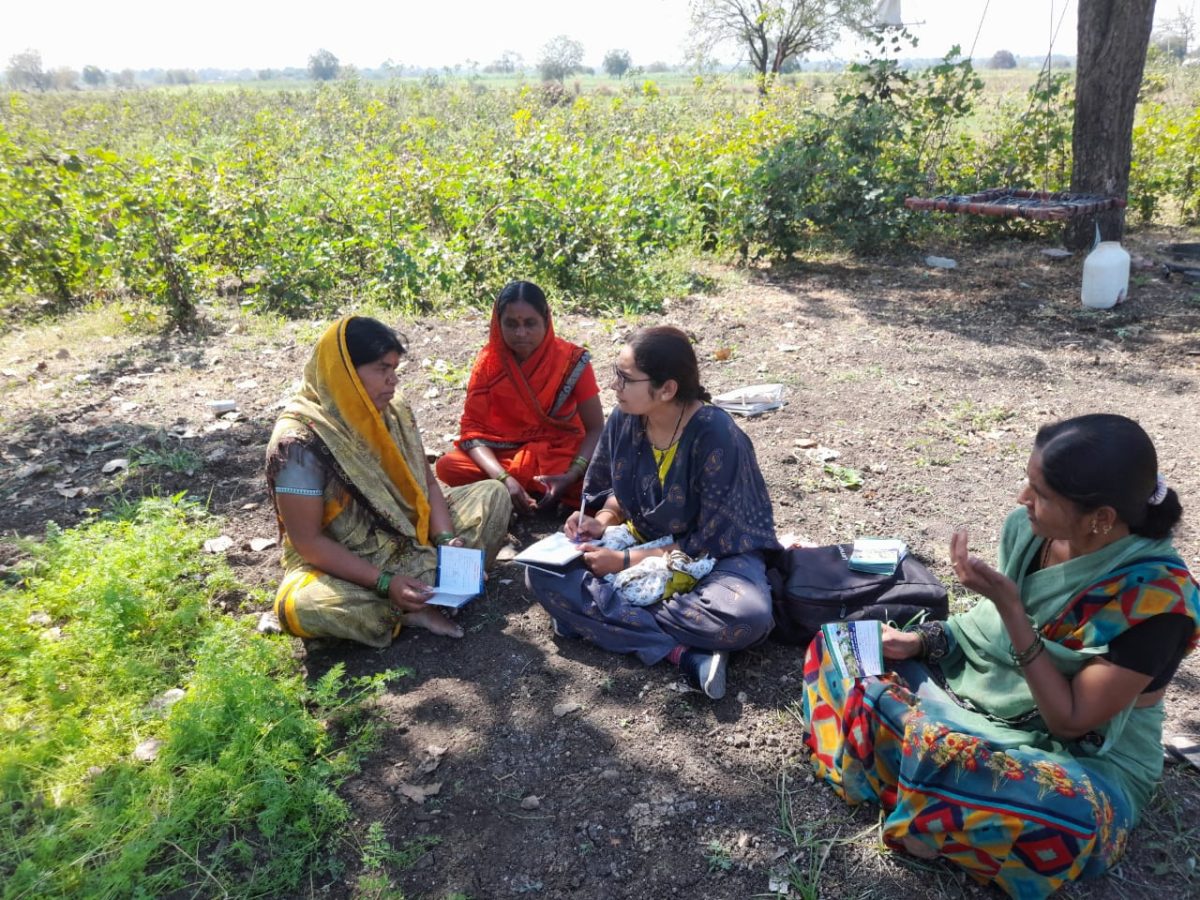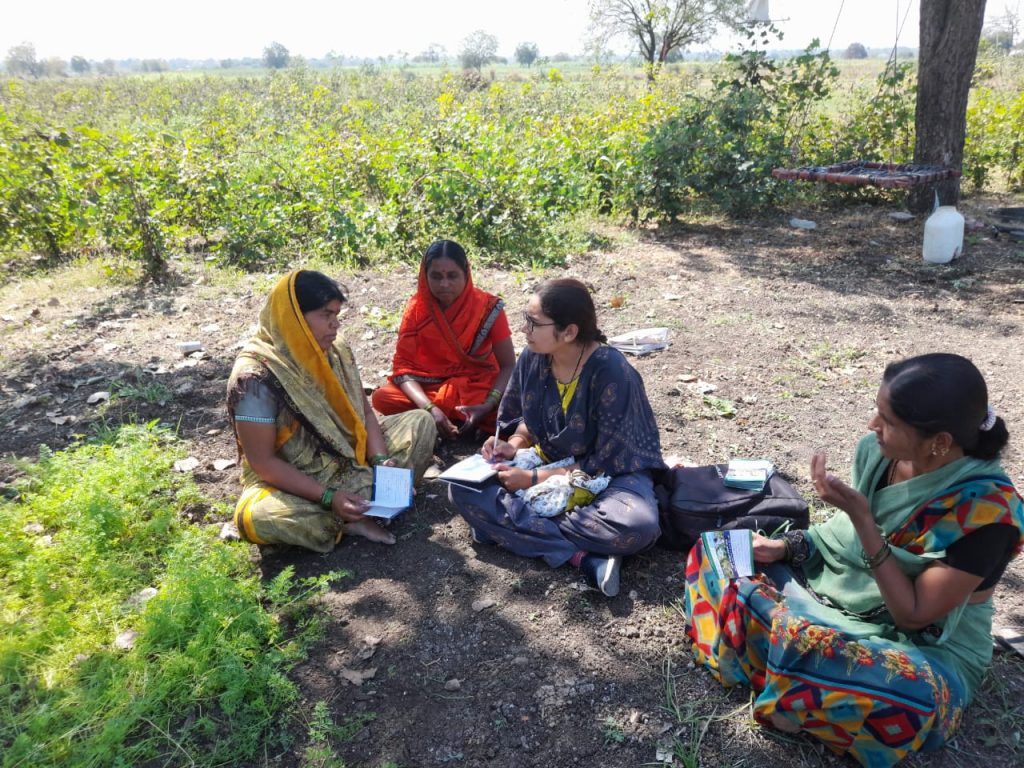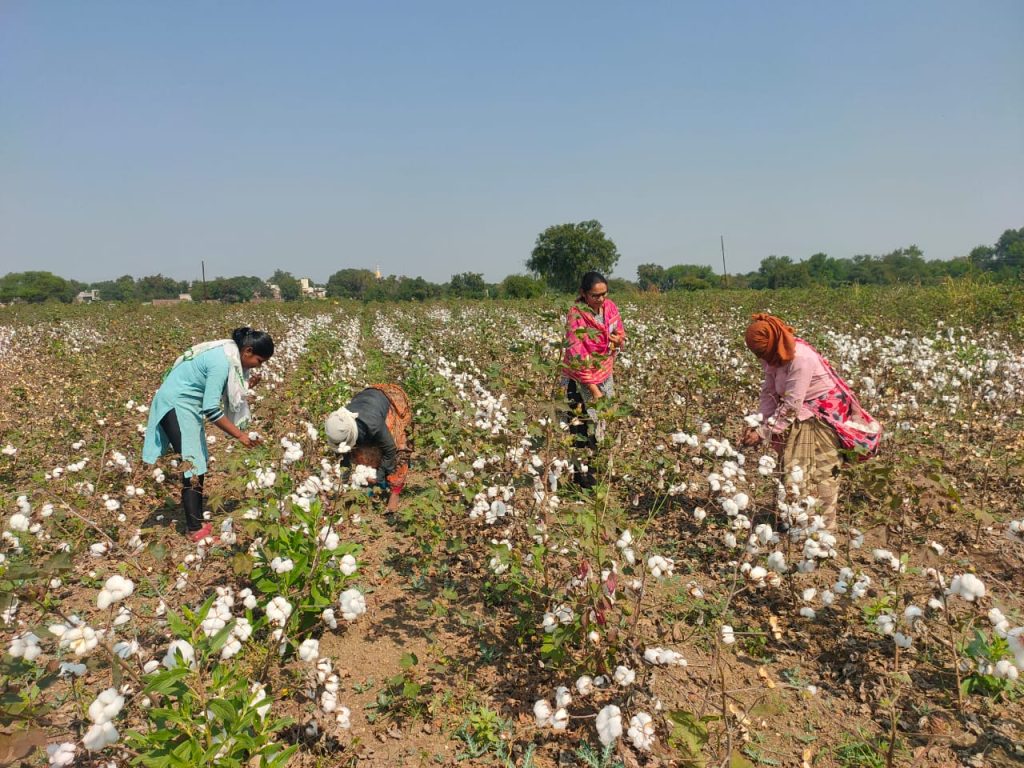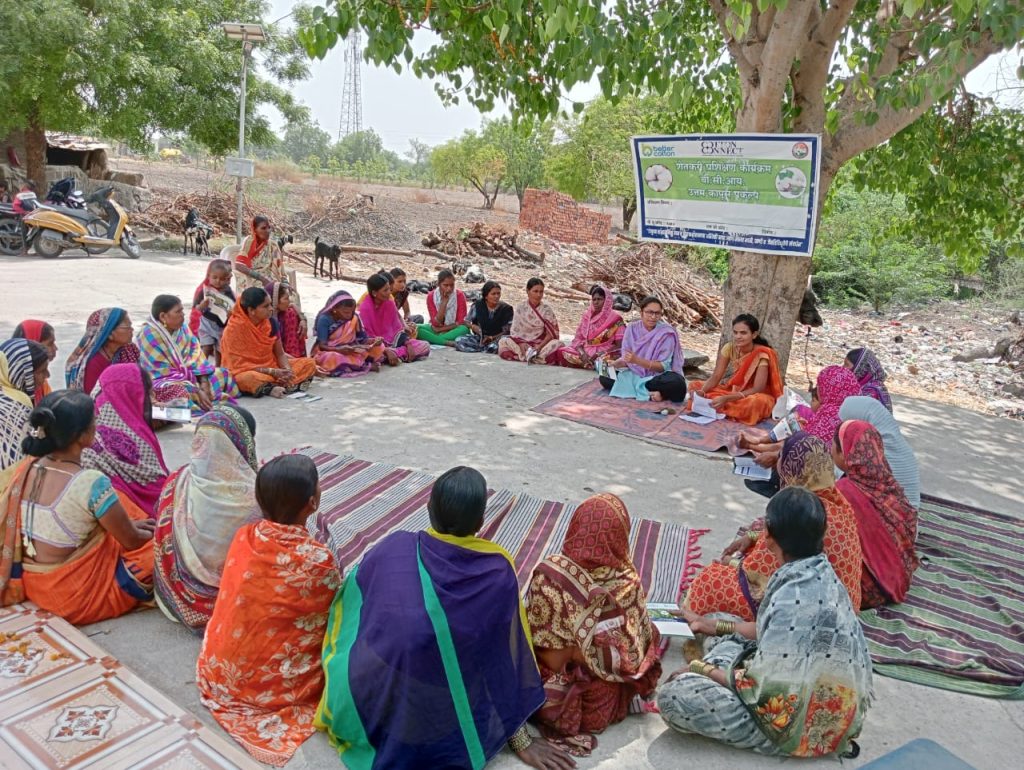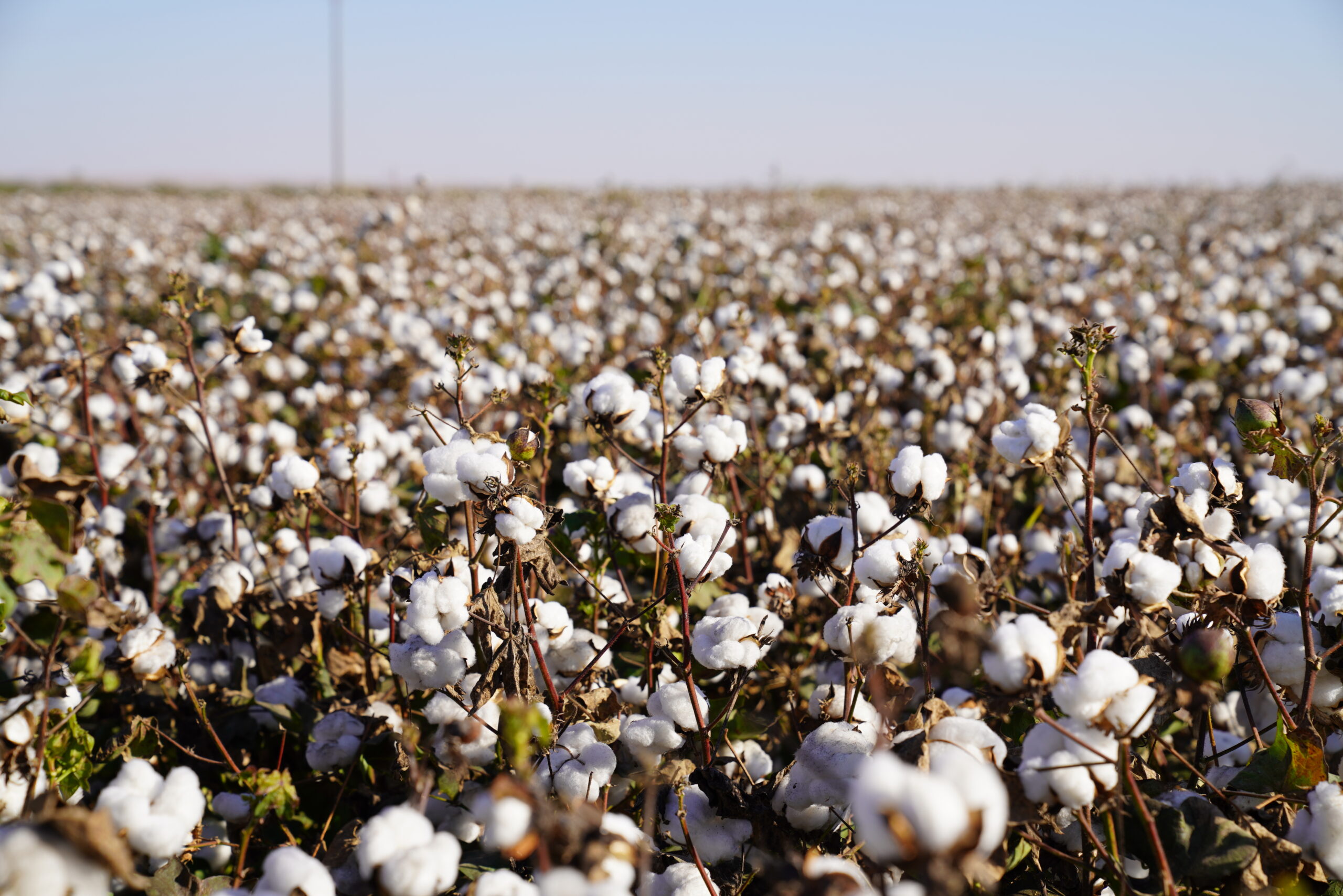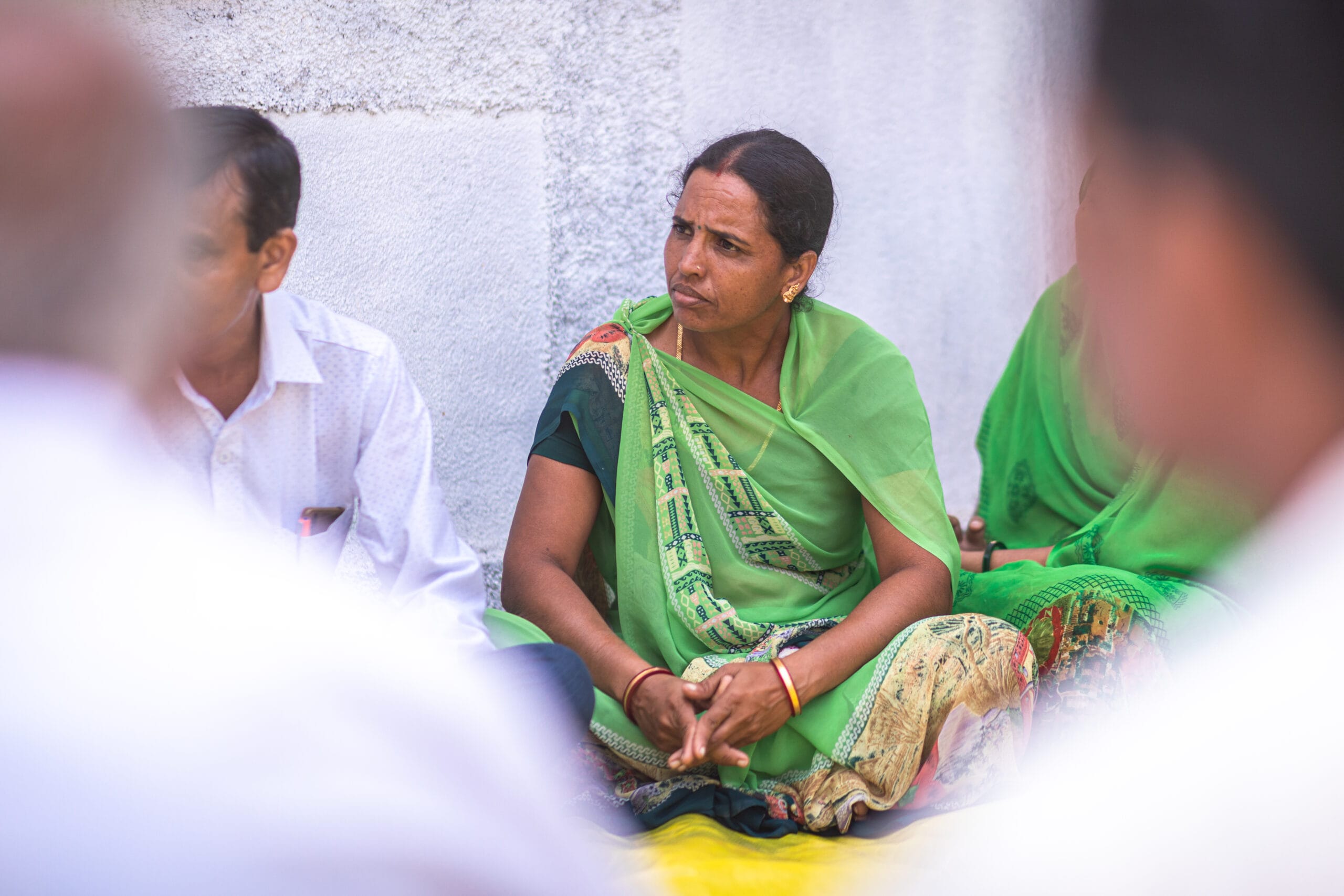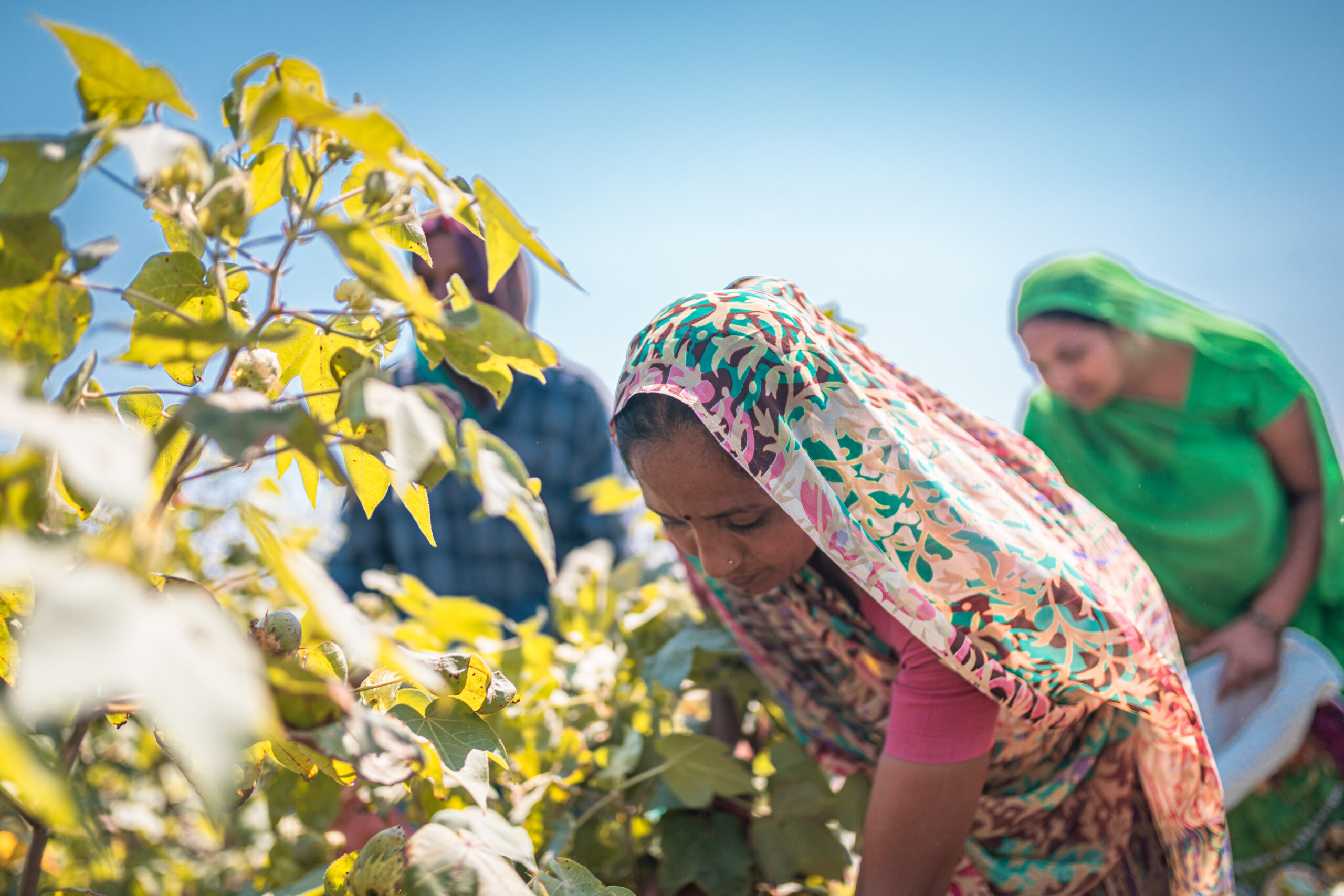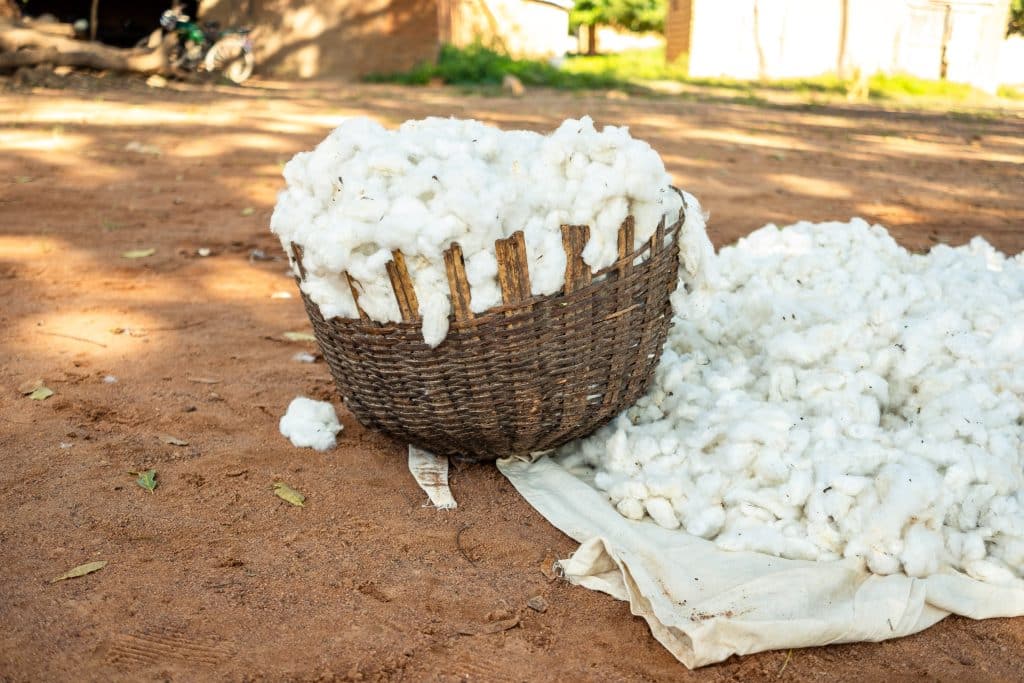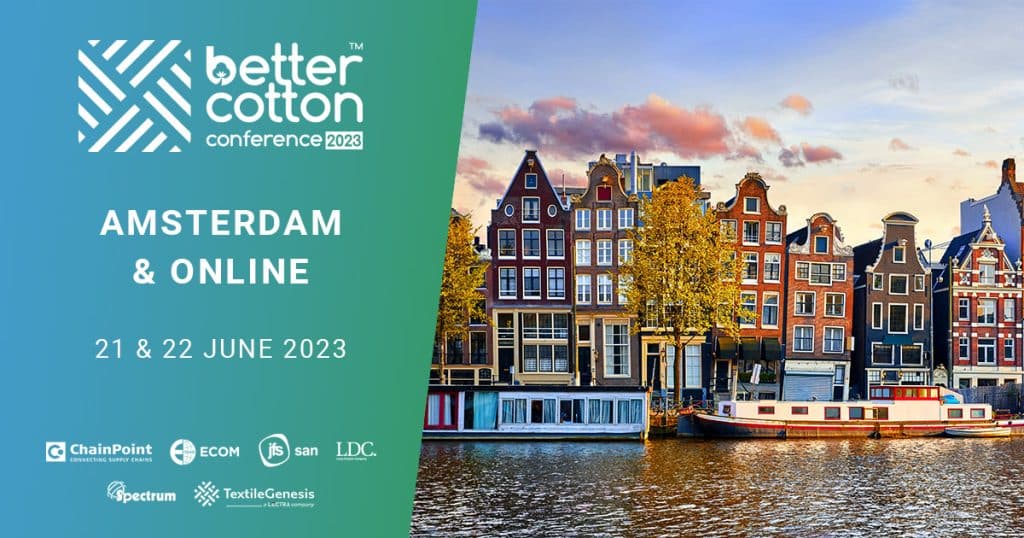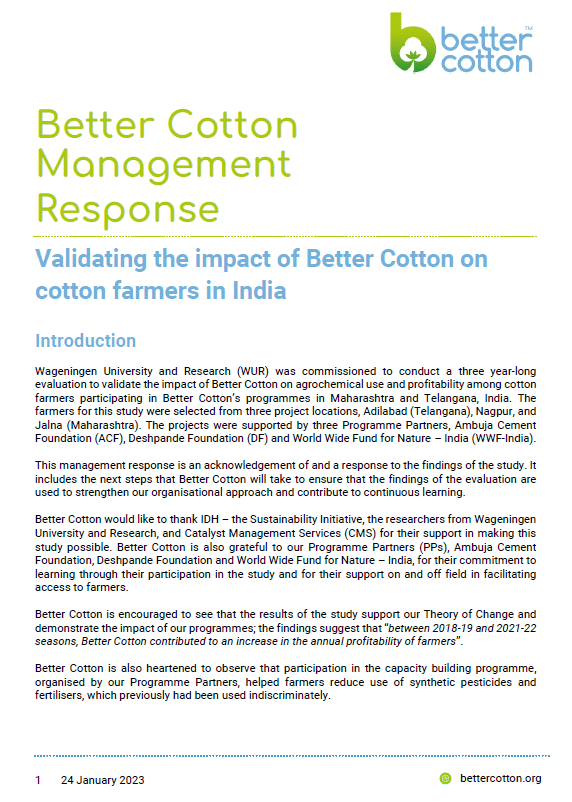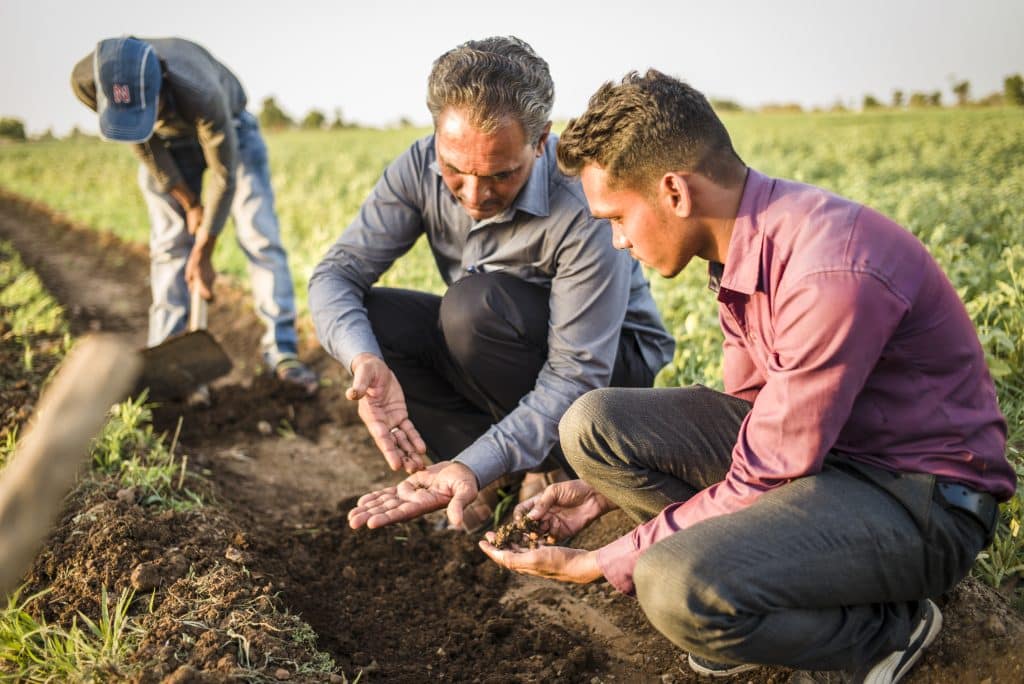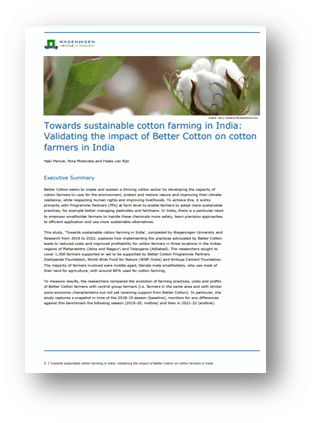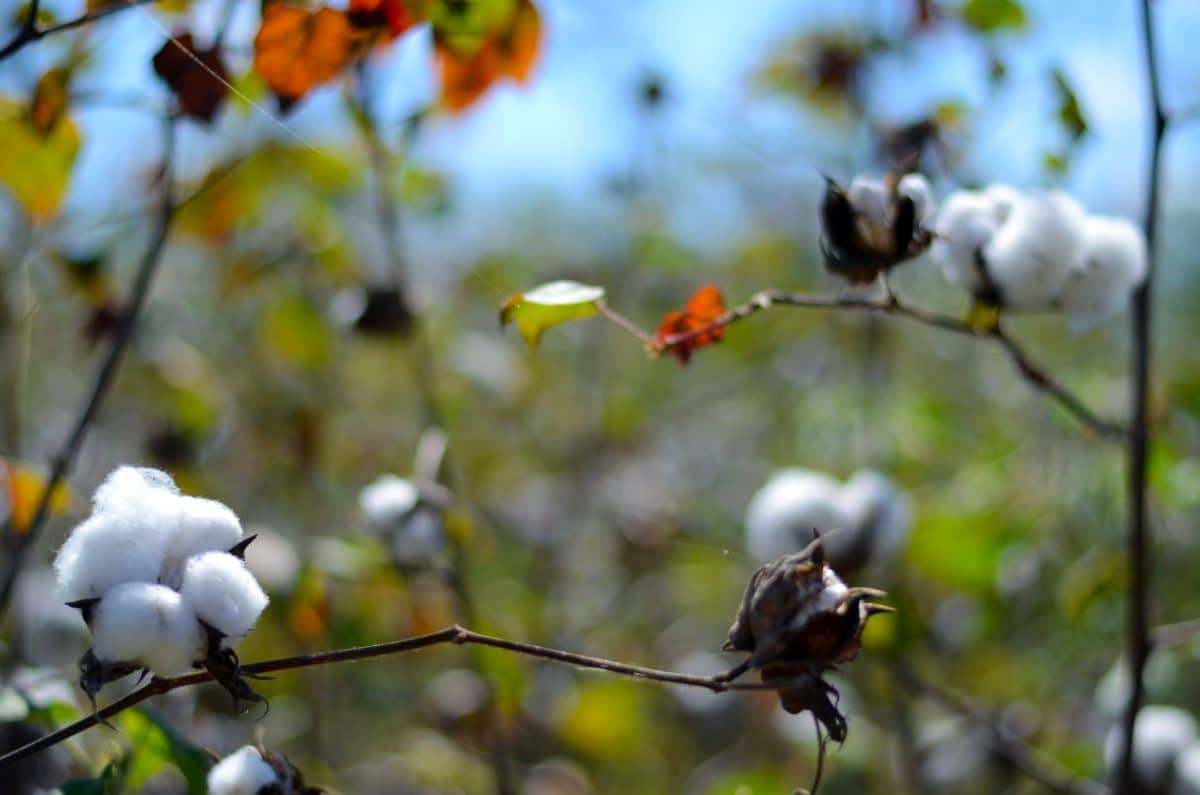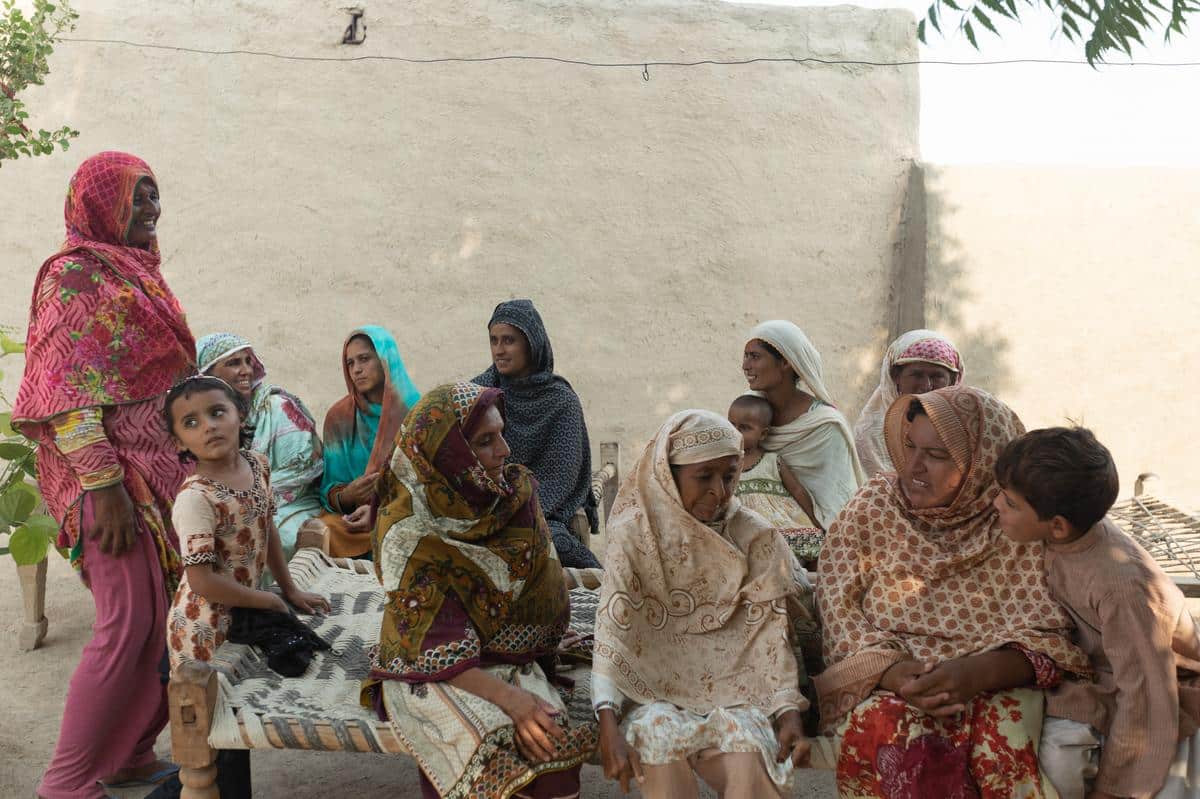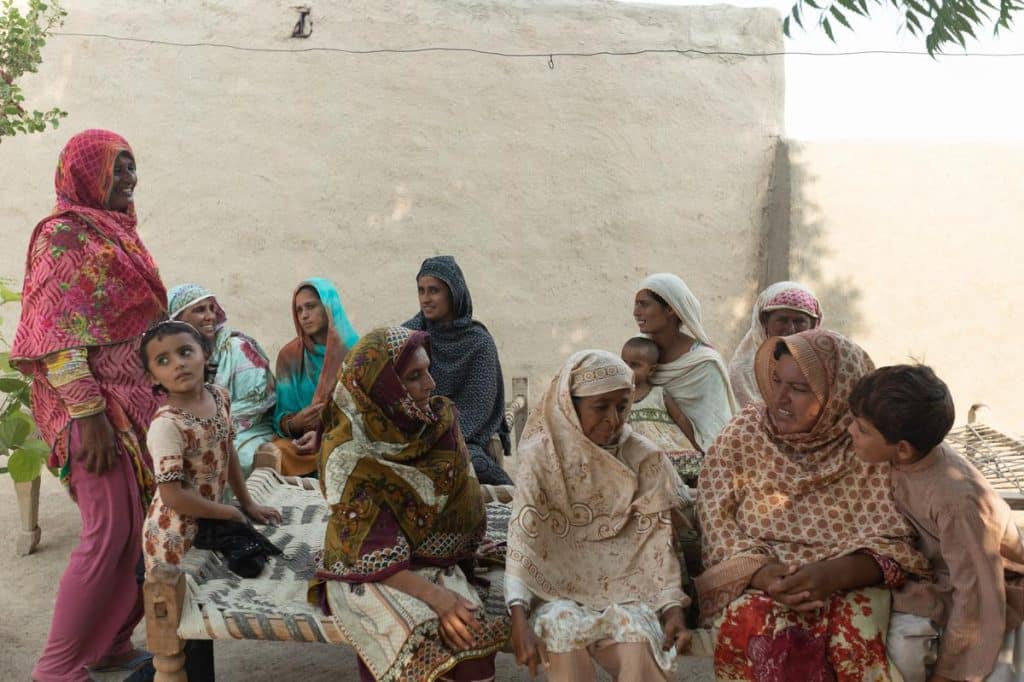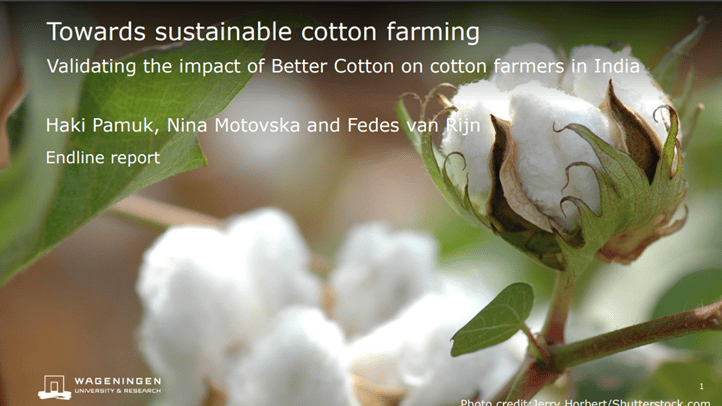Impact: independent auditors endorse BCI’s data management process
The performance monitoring data management system of the Better Cotton Initiative (BCI) has been accredited by third-party auditor ADC Consulting, which labelled the organisation’s management process “robust, transparent, and broadly compliant with international data-quality standards”.
BCI commissioned ADC to conduct an independent audit of the management of its Results Indicator (RI) data, which measures progress towards sustainability improvements in cotton farming communities associated with the implementation of the BCI Standard System.
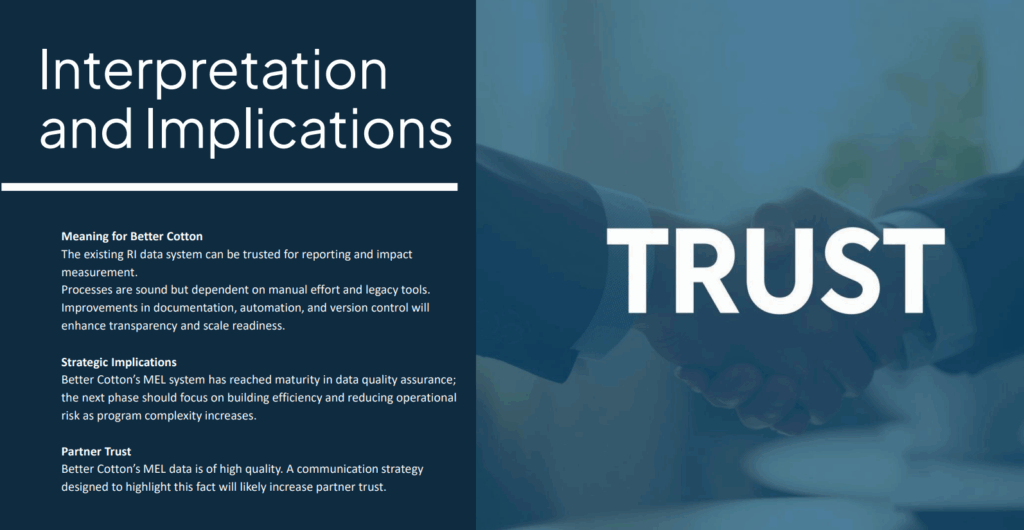

What is Results Indicator (RI) data?
BCI’s Results Indicator (RI) system underpins the organisation’s ability to measure progress against its sustainability goals, including tracking pesticide and fertiliser use, water efficiency, yields, and gender inclusion across all programme countries.
Ensuring that this data is credible and comparable is essential for maintaining stakeholder confidence and for demonstrating impact to farmers, partners, members, and donors alike.
How was the assessment carried out?
BCI’s objective was to verify whether the RI data collected across all countries are accurate, traceable, and methodologically sound, and to assess how well the system aligns with international data-quality standards.
In order to do so, it commissioned a third-party audit of its data management systems from ADC Consulting, an independent provider that helps organisations unlock the power of data, strategy, and digital tools to drive systemic impact across agriculture and food systems.
The analysis was carried out between April and June 2025 and represents the first independent technical review of BCI’s RI data processes since the system was established. It encompassed data from the 2016-17 cotton season to 2023-24 across nine countries: China, India, Tajikistan, Pakistan, Türkiye, Mozambique, Brazil, Australia, and the United States.
Together, these datasets represent the full operational range of the Results Indicator (RI) system, from long-established smallholder programs in Asia to newer large-farm reporting frameworks in Latin America and Australia.
This breadth allowed ADC to test consistency across different governance models and maturity levels of data systems, ensuring that conclusions drawn reflect global patterns rather than country-specific practices.
What were the findings of the assessment?
ADC found that BCI’s RI system is fundamentally sound. The audit identified a robust and traceable workflow that produces reliable data across countries and seasons, while also highlighting areas, particularly documentation and version control, where streamlining could further strengthen efficiency and scalability.
William Hughes, Senior Manager at ADC Consulting, explained:
“Our report confirmed that BCI’s RI data is of high quality; the organisation’s data management process is robust, transparent, and broadly compliant with international data-quality standards. Across all stages, data were found to be reliable, traceable, and reproducible. No critical weaknesses were identified, and the system’s core design and governance provide a solid foundation for accurate and repeatable reporting.”
The report found that:
- Validation logic and cross-field checks effectively prevent structural and logical errors
- Data can be traced from individual farmer records to final Power BI outputs
- Cloud platform permissions and access controls are functioning and responsive
- Tools and templates are standardised across countries, ensuring comparability
- MEL staff demonstrate a strong quality-assurance culture and oversight capacity
Shannon Avison, Data Analysis Manager at BCI, reflected on the valuable learnings uncovered through the audit:
“ADC’s report has given us a clear roadmap for strengthening our Results Indicator data management process. We now have practical guidance on improving documentation, centralising version control, and introducing modest automation within our current SharePoint setup.”
Learn more
To read more about ADC Consulting’s audit of the Better Cotton Initiative’s Results Indicator systems, click below.
Independent review of RI data quality
You can also use the following links to find out more about working with Results Indicators and BCI’s RI Data Management Process.
Read more
